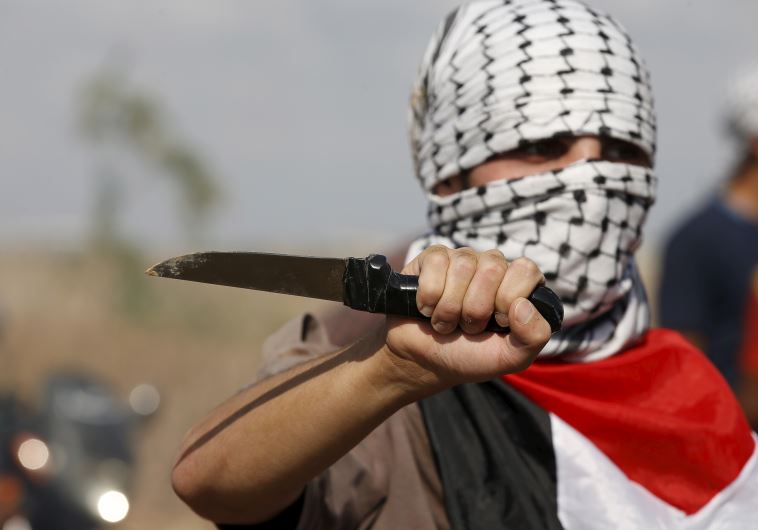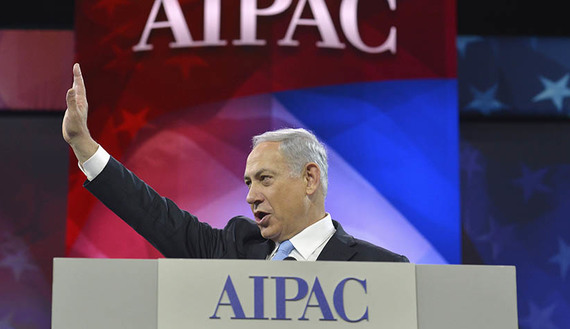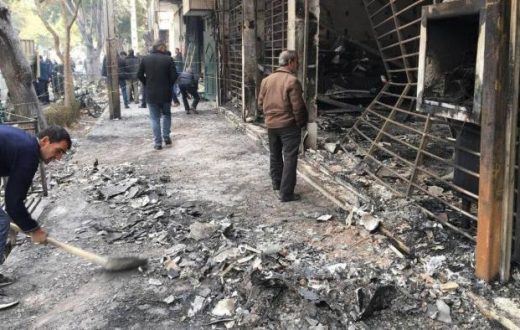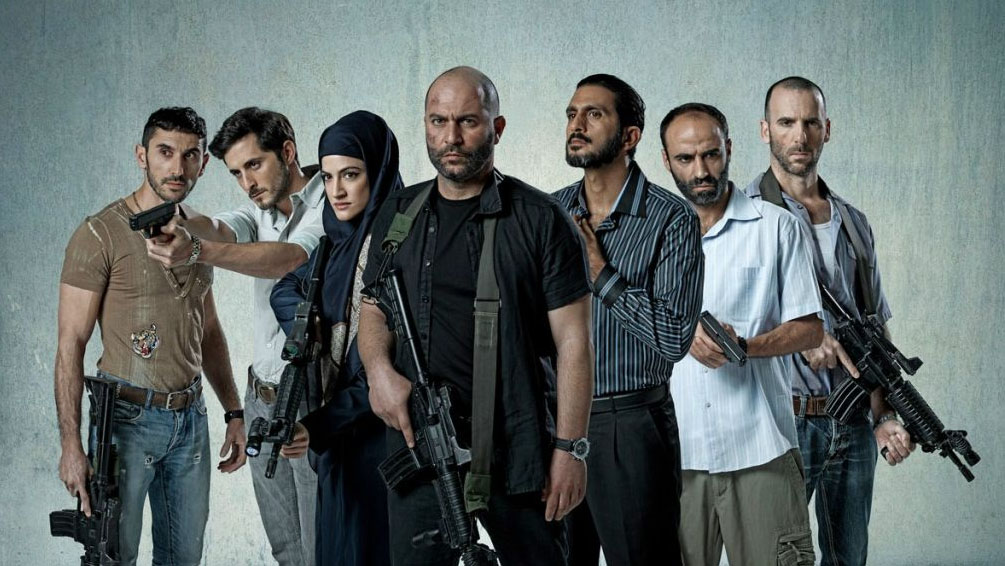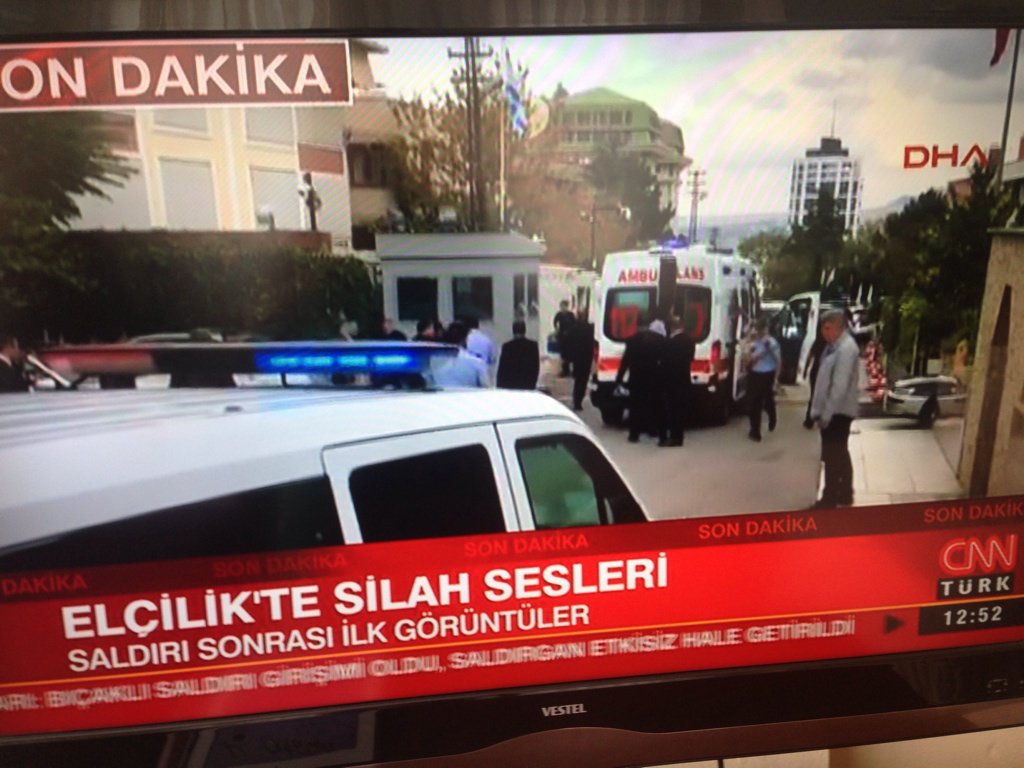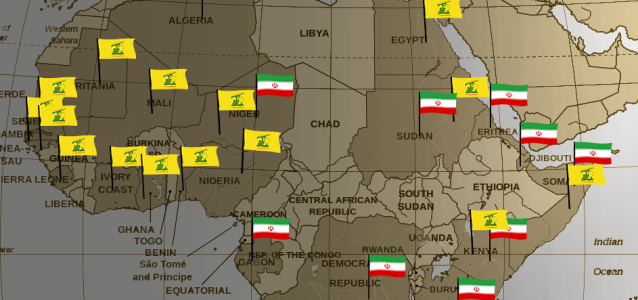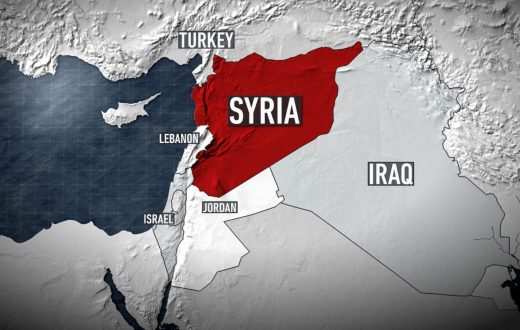By Jasmin Mahmoud, a prominent expert of Palestinian Society and the Israeli Palestinian conflict.
In early October, 19-year-old Palestinian Mohannad Shafiq al-Halabi stabbed four Israelis in Jerusalem’s Old City before police shot him dead. This set off a by now familiar chain of events in Israel and the West Bank as Palestinians clashed with Israeli soldiers and settlers. The view from Gaza, separated from the West Bank by less than 40 kilometers (25 miles) and an even narrower political gulf, remains as complicated and delicate as ever.
Initially, the events took Hamas by surprise, and the Gaza-based group was nervous about supporting the uprising brewing among Palestinians. Hamas had to act carefully: If it denounced the violence, Palestinians would accuse it of losing its will to fight for them and of pursuing negotiations with the enemy. But if attacks on Israelis continued unabated, and if the Israeli government perceived Hamas as helping fuel the violence, it might use the unrest as an excuse to launch another offensive in Gaza. Therefore, Hamas decided to focus on keeping the violence contained to the West Bank and not allow it to spread to the Gaza Strip. Hamas leaders urged the group’s militant wing, the al-Qassam Brigades, to refrain from launching rockets into Israel — the main trigger of the 2014 Israel-Gaza war.
But with Palestinian President Mahmoud Abbas largely declining to back an armed resistance against the Israelis, it created an opportunity for Hamas leaders to further erode the standing of Abbas, their longtime rival, in the minds of his supporters. Hamas sources told me that the group has the arms and the power to transform the popular clashes into an armed resistance. However, according to one source, Hamas does not want such an escalation at the moment, in large part because it would undermine the group’s public diplomacy efforts and weaken the international pressure on Israel to allow an independent Palestinian state.
At the same time, Hamas and the Palestine Islamic Jihad have been working periodically with other parties to find ways to keep the clashes in the West Bank going. According to another Hamas source: “This Intifada will be how Hamas returns to power in the West Bank, because security coordination between the Palestinian Authority and Israel will collapse. It is Hamas’ best opportunity to ensure that Abbas loses the support of the Palestinian street.”
So Hamas has tried to walk a fine line, publicly supporting the Palestinian backlash without creating problems for itself at home. In a speech during Friday prayers on Oct. 9, Hamas leader Ismail Haniyeh proclaimed: “This is the best time to announce the armed resistance in the West Bank — the ‘Third Intifada’ against the Israeli occupation. We are ready to face Israel, and we are supporting our brothers in the West Bank. We will not leave them alone to face the Israeli military attack.”
Haniyeh’s intent was to validate the unrest in the West Bank, not encourage its spread to the Gaza Strip. But youth of Gaza took his words as an invitation to escalate the situation on the eastern edge of Gaza. The ensuing rock-throwing offensive on Israeli soldiers sparked clashes that killed 17 Palestinians and injured more than 170 others in the Gaza Strip. The high number of casualties once again put Hamas in a corner, because there is no easy way to discourage young Gazans from heading to the borders and continuing the clashes. If Hamas overtly blocked such activity, it would be deemed by the Gazan public of being in league with the Palestinian authority. Nonetheless, Hamas felt it imperative to keep the ceasefire in Gaza Strip, while continuing to support an uprising in the West Bank.
Thus, as the number of youth killed along the Gazan borders increased, Hamas was eventually forced to use police to crack down on such activity. To prevent a public backlash, Hamas launched a diplomatic campaign against Abbas in an attempt to win over more supporters among the Fatah youth.
Reading the Media
Al-Aqsa TV, the largest pro-Hamas media outlet, is adept at nimbly adapting its message to recent events. Its success depends on maintaining a stable following in the Gaza Strip while also expanding its reach in the West Bank. The channel’s owner, a Hamas leader named Fathi Hamad, ordered the outlet to focus on winning over supporters to the “Third Intifada” among Fatah youths. This shift was illustrated by several changes in the channel. For example, all Al-Aqsa TV reporters began wearing kaffiyehs — the checkered black and white scarfs worn often as a nationalist symbol of Palestinian solidarity. The kaffiyeh was made particularly famous by former Palestinian President Yasser Arafat, a Hamas rival who wore the scarf at all of his public appearances and, notably, had a wide base of support in both Gaza and the West Bank. Thus, when pro-Hamas journalists wear kaffiyehs, it can be seen as an invitation for unity with Fateh supporters against the Israelis.
Al-Aqsa also changed its studio designs, with the sets of both news programs and talk shows adopting battleground themes. In addition to sporting kaffiyehs, broadcasters abandoned their formal attire in favor of the casual attire worn by the youths participating in the clashes. Al-Aqsa also broadcast live call-in shows allowing viewers to publicly voice support for the Palestinian rebels and push them to continue the clashes. There have even been shows instructing youths on how to make and target Israeli soldiers with Molotov cocktails.
Still, as the “Third Intifada” enters yet another month, Hamas continues to walk a fine line. In combination with its overt displays of support for the uprising in the West Bank, Hamas has also continuously issued press releases with statements like, “Gaza is out of the struggle.” Hamas leaders insist that the marches they have led are to lend support only to the West Bank, since, according to Ismail Haniyeh, “Gaza Strip is still injured from the last war.” Haniyeh reiterated: “We will support the clashes in the West Bank but not allow Israel to move the events to Gaza Strip.” Besides, as prominent Hamas leader Khaled Meshal put it: “No one can accuse the resistance of negligence in Gaza Strip, because Gaza was the fire that pushed the youths in the West Bank against the occupation.”

